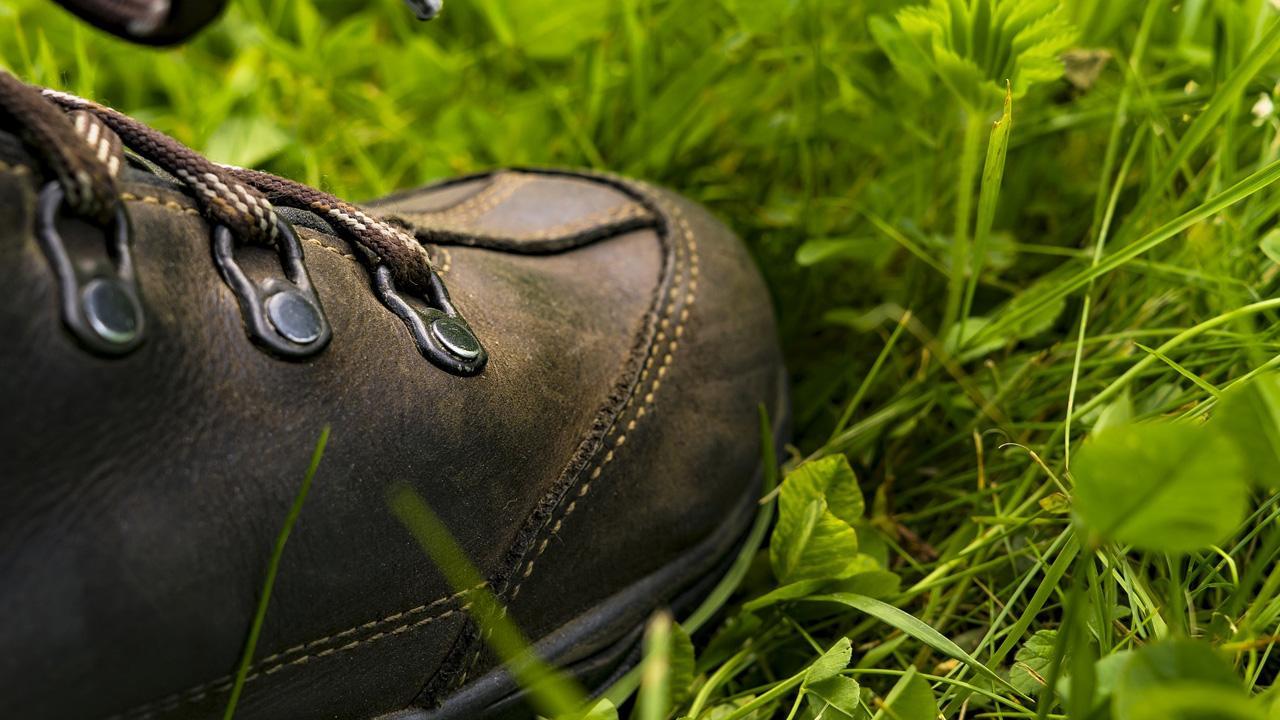Getting started with hiking is, thankfully, simple. At least for a day trek, there is not a lot of expensive equipment needed to get started in this sport.

If you bring one thing for a hike, make it a sturdy pair of shoes. If you go hiking in a pair that is too lightweight or heavy for the terrain, you risk injuring your feet, tendons, or even worse.
ADVERTISEMENT
Comfortable footwear is the key to a good hike. Whether you're trekking through rocky terrain or gravel paths, whether you're packing a modest daypack or a heavy adventure load, hiking boots can keep your feet protected and comfy.
You can choose from a wide variety of shoes, including lightweight trail runners, low-cut hiking shoes, comfortable day-hiking boots, and sturdy backpacking boots. There is a wide selection of labels available as well. But the question is: how can you choose the hiking footwear that will be most comfortable for your feet?
Types of Hiking shoes
Hiking Boots
Raise your hand if you grew up in an era where it was considered a rite of passage to oil your leather boots with mineral oil or turpentine and then have to break them in over a period that lasted around a decade. If your hand is up, and that experience didn't cause you to give up on hiking altogether, rest assured.
Hiking boots have come a long way and are now made from the standard full-grain leather uppers to more modern iterations with synthetic materials. Regardless of the material used, these have a higher cut and offer better support and ankle protection than lower-cut models and are generally heavier boots with weights of 3-4 pounds being standard.
Trail Runners
Trail running shoes are a more burly version of a running shoe. Looking like something that should be found on a treadmill rather than on a thru-hike, these trail runners use modern developments in rubber and foam technologies to give the shoe the support and stability required for on-trail use while remaining light and handy for those who put marathon-length distances down while out on their trail runs. Since these shoes are meant for running and not hiking, the margin for being able to carry a backpack while wearing trail runners comfortably is relatively tiny.
Hiking Shoes
Because trail runners have their limits, hiking shoes have now become one of the most popular categories of on-trail footwear for those who cherish the lightweight and freedom of a shoe but desire the additional structure and support of a hiking boot. Hiking shoes are low-cut, usually exposing the ankle, so they, too, have their limitations on how much weight they should carry. While not meant for river crossings, most have a waterproof/breathable membrane or at least come in a version with one.
Utilizations of Hiking Shoes
Day Hiking
Day hikes are uncomplicated. You pack only the necessities for the walk you've chosen and head off into the wilderness. If you return before dusk, you can call your hike a day trip. Your only load should be a daypack with essentials like food, water, sunscreen, and a map; this will allow you to get away with lighter shoes. While many models we've highlighted here are suitable for day hiking, those without a waterproof liner might not do as well in the Pacific Northwest or other wet places.
Fast Hiking
The practice of fast hiking, or fastpacking as it is more often known, is traversing a trail segment or the entire path at a faster-than-normal rate. The objective is to cover as much ground as possible each day while carrying as little as feasible. While this is technically more of a speed walking exertion than a running race, a fast walking pace typically progresses to jogging on the flats; thus, a shoe that is both light and flexible is necessary. In terms of footwear, fast packers can pick between hiking shoes and trail runners.
Backpacking with Light or Medium Loads
In general, hiking shoes are great for carrying medium to light loads on well-maintained paths. Backpackers who only go out on short trips once in a while can benefit from the low weight and long life of a low-cut hiking shoe. Backpackers with experience and sturdy ankles can easily traverse rugged terrain while carrying a moderate load in shoes intended for the sport.
Thru-hiking
Thru-hiking refers to the practice of traversing a whole long-distance trail from start to finish, such as the Pacific Crest Trail, the Appalachian Trail, or the Continental Divide. Those that go out to accomplish such formidable tasks prioritize portability and comfort since they know these are going to be long and complex endeavors.
These hikers typically wear trail running shoes; however, there are some great new types available. Some hikers take it easy and group themselves more closely with the backpackers than the fast packers. Because they are typically carrying more weight and not covering as many miles each day, these hikers can gain from the additional support provided by a midweight hiking shoe.
 Subscribe today by clicking the link and stay updated with the latest news!" Click here!
Subscribe today by clicking the link and stay updated with the latest news!" Click here!







